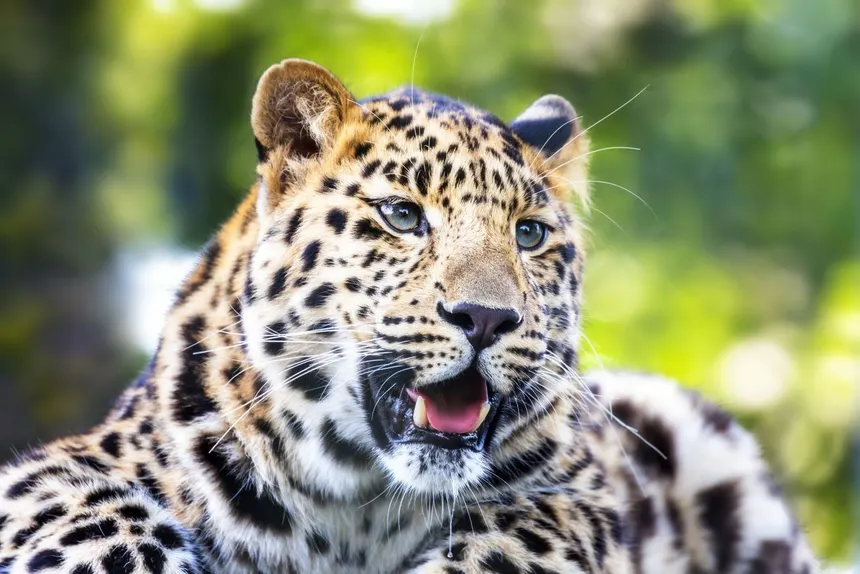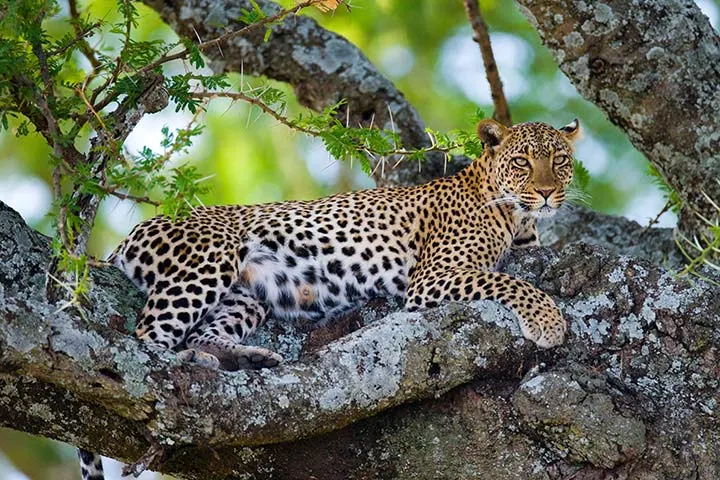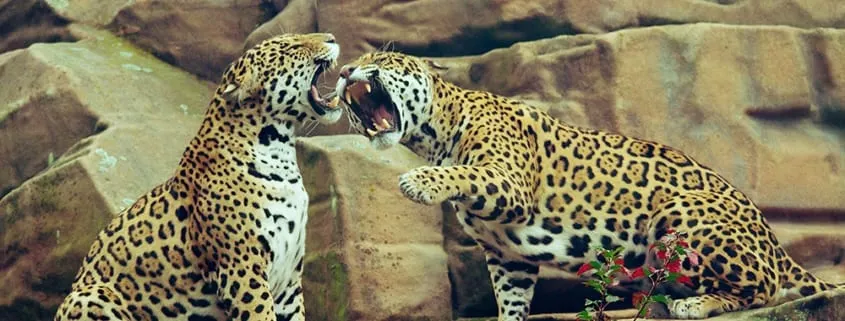7 Fascinating Facts About Leopards

Leopards are among the most captivating and mysterious big cats in the animal kingdom. Known for their stealth, agility, and adaptability, leopards inhabit diverse environments across Africa and parts of Asia. Here are seven interesting facts that reveal the incredible life and survival strategies of these elusive predators:
1. Masters of Camouflage
Leopards possess a unique coat marked with rosettes—circular, rose-like patterns—that help them blend seamlessly into their environment. This camouflage is vital for stalking prey in savannas, forests, grasslands, and even mountainous terrains. Their golden-yellow fur also changes shade depending on the region, further aiding in concealment.
2. Unparalleled Tree Climbers
Unlike other big cats, leopards are exceptionally skilled climbers. They often drag their prey up into trees to protect it from scavengers like lions and hyenas. Their muscular build allows them to carry animals much heavier than themselves, sometimes even hoisting up prey that weighs more than 50 kg (110 lbs).

3. Highly Adaptable Hunters
Leopards are opportunistic predators, which means they will hunt almost any animal available, from insects and birds to antelopes and monkeys. They are primarily nocturnal hunters, relying on stealth and surprise to ambush their prey, often from close range. Their diverse diet and hunting skills help them survive in varied habitats.
4. Solitary and Territorial Creatures
Leopards are solitary by nature and only come together for mating or when a mother is raising cubs. Each leopard has a defined territory, marked with claw scratches, urine, and feces. Males typically have larger territories that may overlap with several females’ ranges, but rarely with other males.
5. Widespread but Threatened
Though leopards have the largest range of all wild cats, spanning across sub-Saharan Africa and parts of Asia, their populations are under threat due to habitat loss, poaching, and human-wildlife conflict. Some subspecies, such as the Amur leopard, are critically endangered, with only a few dozen left in the wild.
6. Silent and Stealthy Movers
Leopards are known for their almost ghost-like silence. Their soft-padded paws allow them to move quietly, a crucial trait when stalking prey. This stealth, combined with their solitary behavior, makes leopards some of the hardest big cats to spot in the wild—even by experienced wildlife trackers.
7. Varied Vocalizations
While leopards are usually silent, they communicate through a range of vocalizations including growls, roars, and a distinctive rasping call often described as a “sawing” sound. This sound can travel long distances, allowing leopards to locate mates or signal their presence within a territory.

Conclusion:
Leopards are a testament to nature’s design—stealthy, strong, and adaptive. These solitary predators play a vital role in the ecosystems they inhabit, and despite their wide distribution, they continue to face serious threats. Protecting leopards means preserving the balance of the wild places they call home, ensuring that these majestic animals continue to roam the forests and savannas for generations to come.



